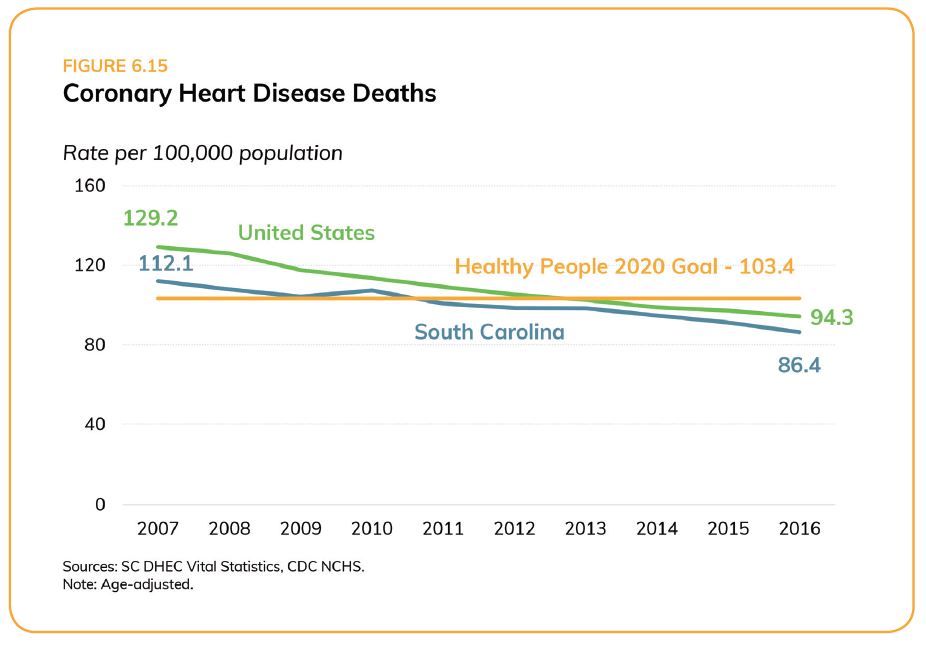June 14th through the 20th Men’s Health Week, and we wanted to take the opportunity to see how preventing or managing certain conditions can go a long way toward keeping you healthy.

Blood pressure
High blood pressure raises your risk for heart disease and stroke. Your doctor examines your systolic and diastolic pressures, which are measured in millimeters of mercury (abbreviated as mmHg).
The normal range is:
- Systolic: less than 120 mmHg; and
- Diastolic: less than 80 mmHg.
High blood pressure can also damage the tiny blood vessels in your eyes and restrict blood flow to your retina, leading to blurred vision or blindness. It can cause fluid to build under your retina, which distorts and sometimes impairs vision.
And if high blood pressure completely blocks the flow of blood to your optic nerve, it can kill the nerve cells and cause temporary or permanent vision loss. High blood pressure also can lead to stroke.
If you have high blood pressure, your doctor may prescribe medication and lifestyle changes.
You can have your blood pressure checked during a preventive screening, which is available at no cost to State Health Plan primary members. To learn more about the preventive screening benefit, visit www.PEBAperks.com.
Diabetes
About 15 percent of men in the U.S. have diabetes, according to National Diabetes Statistics Report. There are several types of blood-sugar tests to determine if you have prediabetes, Type 1 or Type 2 diabetes. Normal, nonfasting blood glucose readings are between 70 and 140 milligrams per deciliter.
If you’re diagnosed with diabetes, a diabetes educator can help you:
- Develop a healthy eating plan.
- Learn to test your blood sugar and record the results.
- Recognize the signs of high or low blood sugar and what to do about it.
- Monitor your feet, skin and eyes.
- Manage stress and deal with diabetes care.
Diabetes can also affect your vision. With this diagnosis comes a chance of developing retinopathy, a disease that results when high blood sugar levels damage the blood vessels in your eyes. It can harm your vision and result in blindness. Diabetes also increases the risk of other serious vision conditions, such as cataracts and glaucoma.
Talk to your network physician if you have diabetes or think you may be at risk. Let your doctor know you’re interested in meeting with a diabetes educator, and he or she can refer you.
You can also get one-on-one coaching from a health coach to help you manage diabetes. For details, call 855.838.5897.
If you have diabetes, you may also qualify for No-Pay Copay, a program that provides certain generic medications to treat your condition at no cost to you. To learn more about diabetes education and No-Pay Copay, visit www.PEBAperks.com.
What you can do
Your risk of developing these common health issues and the potential vision complications that may result can be reduced with healthy lifestyle choices:
- Maintain a healthy body weight
- Stop smoking
- Exercise regularly
- Eat a healthy diet
- Visit regularly with your physician and your eye doctor for thorough check-ups
Have questions about your vision? Find an eye doctor near you, and schedule an eye exam today.





